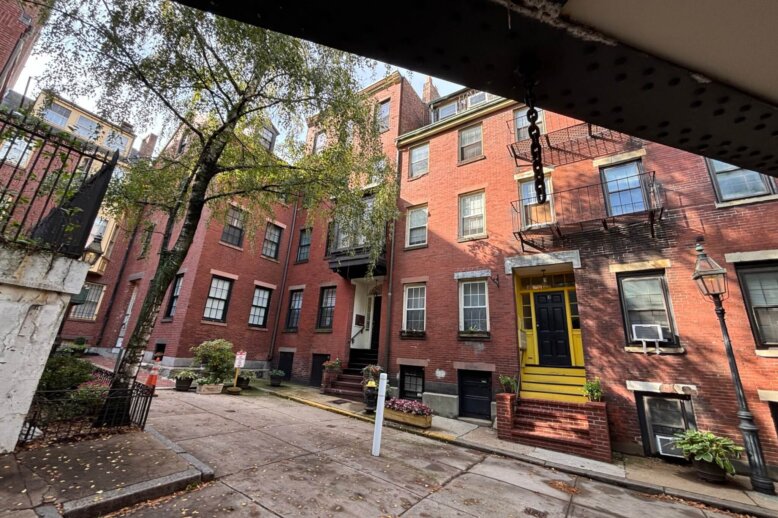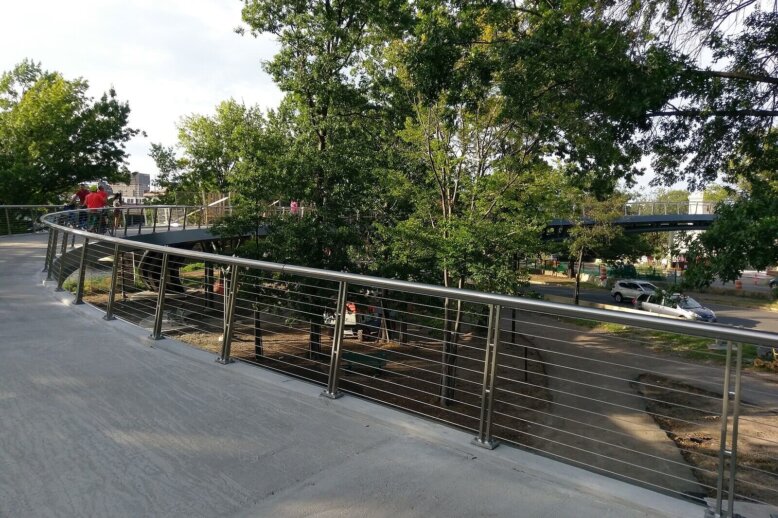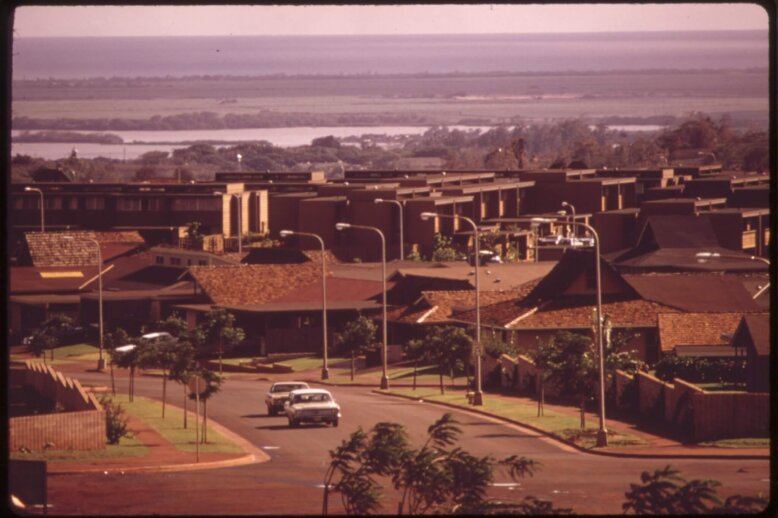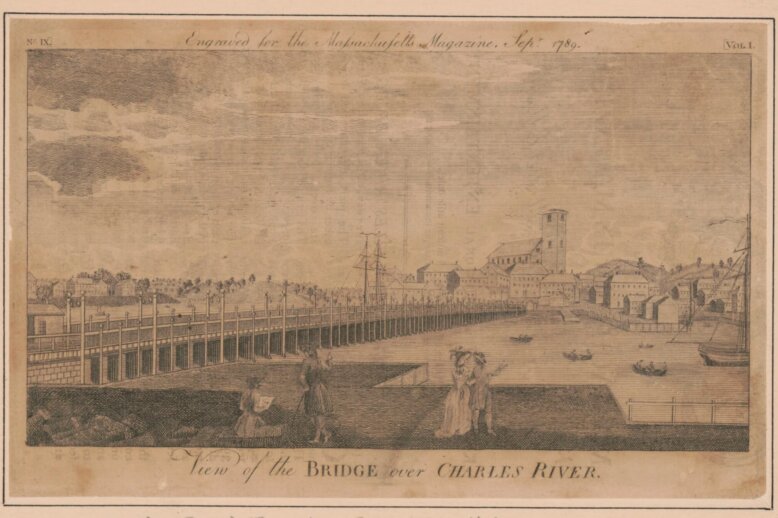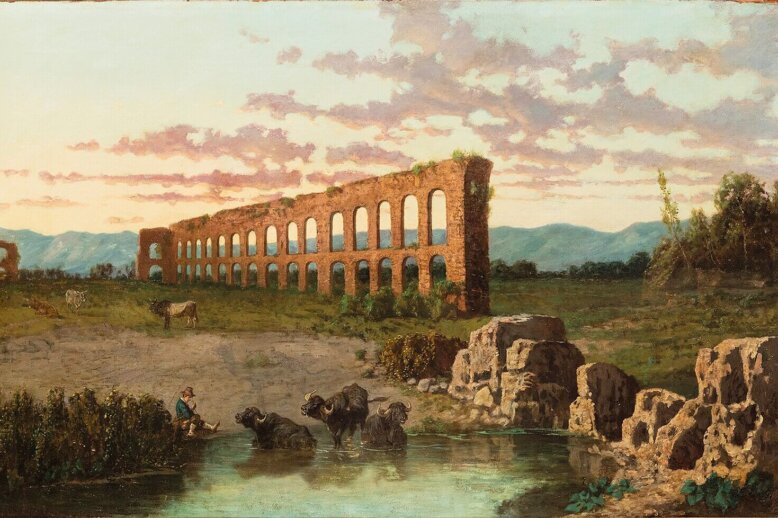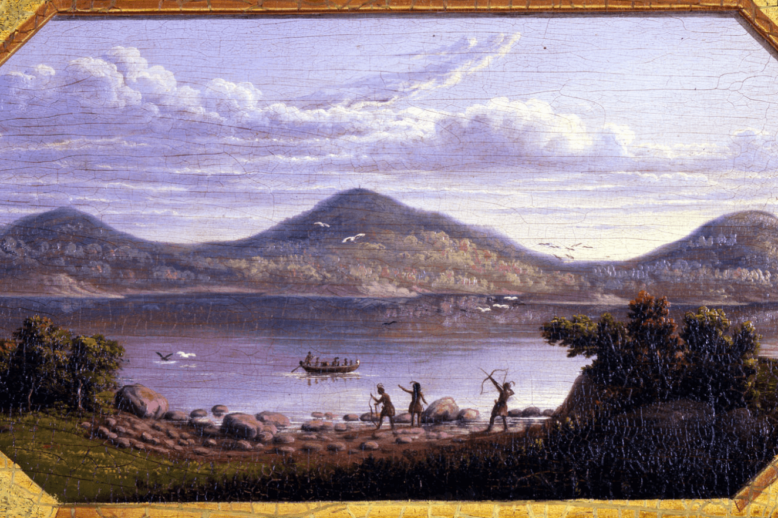Era: Other
Events taking place outside of Boston and/or the West End era framework
The Angels’ Flight from the Hill: Urban Renewal in L.A.’s Bunker Hill Neighborhood The area of Bunker Hill in downtown Los Angeles has a rich history. It started as a rugged sandstone highland overlooking a river plain. Later it transitioned from a wealthy residential enclave to a diverse mixed-use community. Like the West End, the…
Uncovering Lindall Place Tucked away in a cozy nook off Cambridge Street, on the border of the West End and Beacon Hill, tiny Lindall Place can easily be overlooked by passersby. The street is modest in size and camouflaged by the elevated Red Line tracks leading to Charles MGH Station from the Beacon Hill Tunnel…
Frances Appleton and Henry Wadsworth Longfellow: A Romance Spanning the West Boston Bridge Two modern day bridges, the Longfellow Bridge and the Frances Appleton Footbridge reflect the love story of one of America’s great poets. The journey to Longfellow and Appleton’s happy marriage is tied to Longfellow’s many trips across the West Boston bridge in…
Eminent domain is the right of the state to seize the private property of an individual for a public purpose with just compensation. The third and final article in this series explores the Supreme Court decisions that influenced eminent domain policy from the mid twentieth-century to the present.
Eminent Domain Part 2: Use in Early America Eminent domain is the right of the state to seize the private property of an individual for a public purpose with just compensation. This is the second article in a series of three. This article will discuss the use of eminent domain in the early decades of…
Eminent Domain Part 1: Origins Eminent domain is the right of the state to seize the private property of an individual for a public purpose with just compensation. This article will trace the origins of the concept from Ancient Roman law to its use in Early Modern states. The formal concept of eminent domain is…
In 1625, the Shawmut Peninsula, home to modern day Boston, was known in the Algonquian language as “Mushauwomuk” (“the boat landing place”), and sat within the territory of the Massachuset nation, serving as a seasonal base for fishing and light farming. Within ten years, the Massachuset people lost the Shawmut to English settlers who claimed and occupied it as their land of promise.
Arguably the most famous arts facility in the world, Lincoln Center is a present-day, glittering example of American urban renewal gone wrong.



